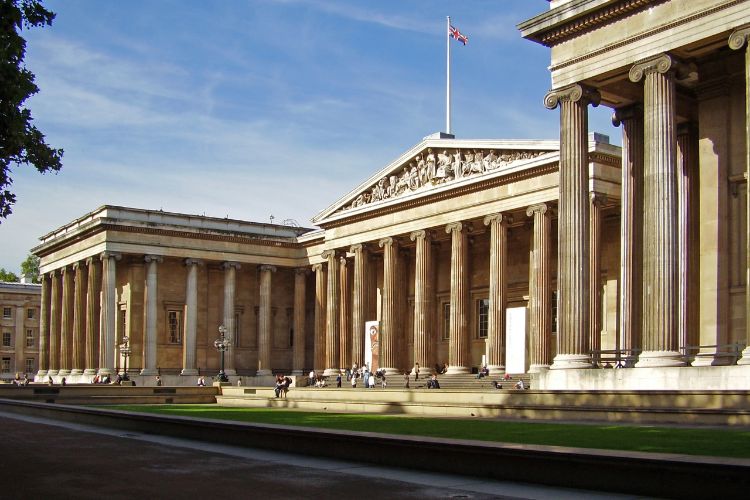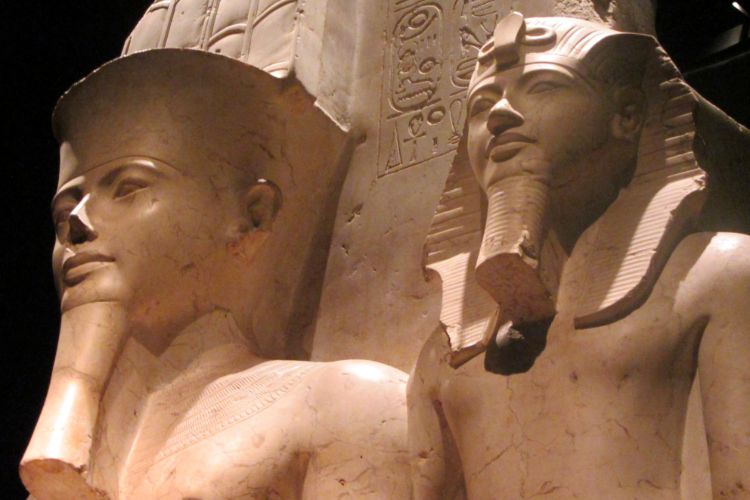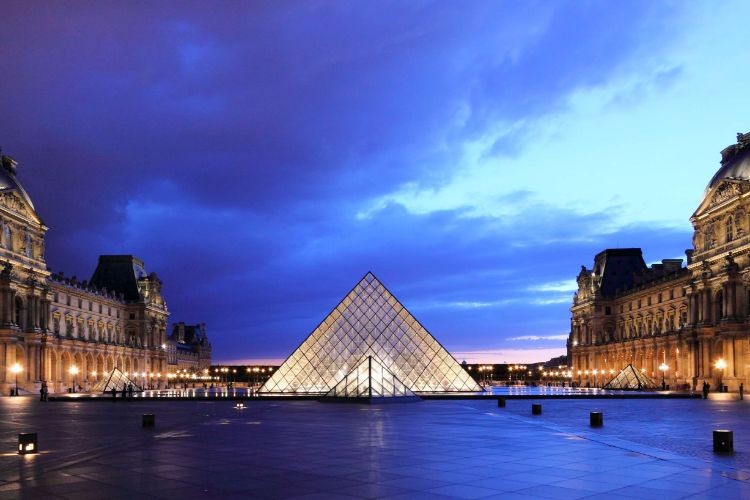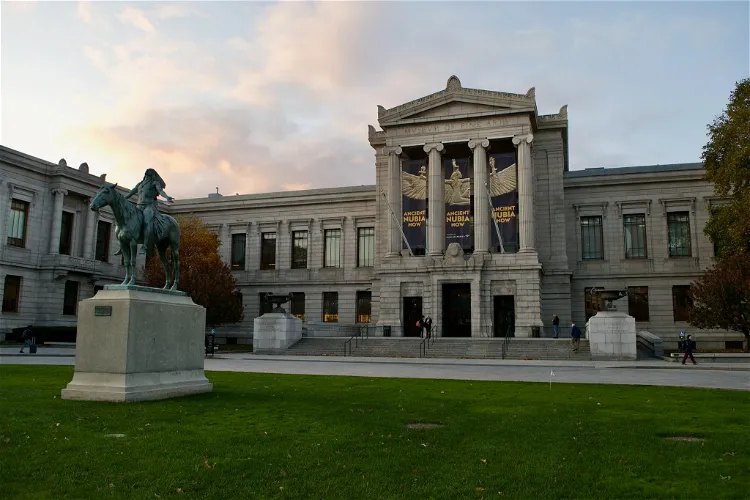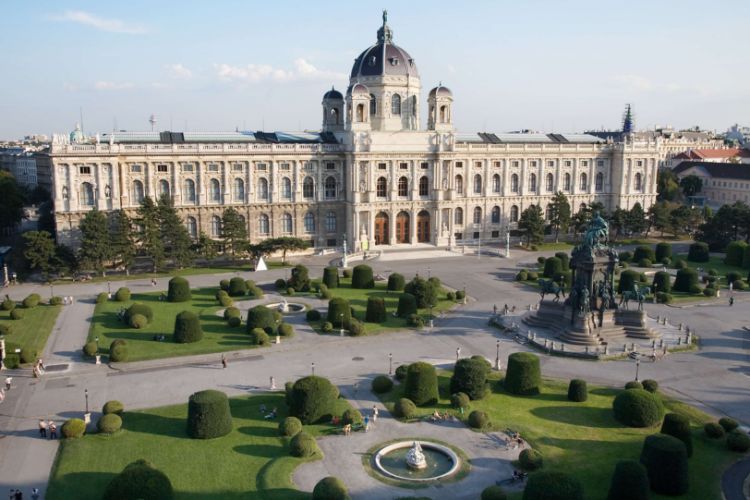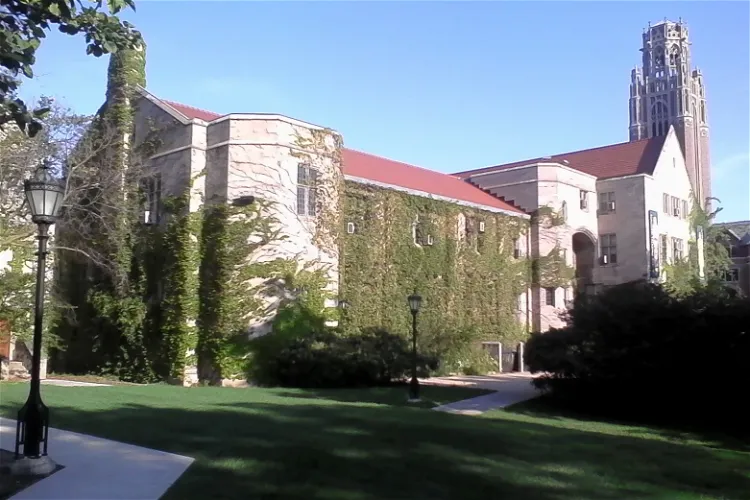Museums worldwide housing the finest Egyptian antiquities outside Egypt. From mummies to hieroglyphics, these collections reveal mysteries of one of history's greatest civilizations.
The ancient Egyptian civilization continues to captivate our imagination millennia after the pharaohs ruled the Nile. While Egypt itself holds countless treasures, some of the world's most spectacular Egyptian collections reside in museums across Europe and North America, assembled during centuries of archaeological expeditions and scholarly exchange.
These institutions house everything from colossal temple sculptures to delicate jewelry, from painted sarcophagi to entire tomb chambers reconstructed stone by stone. Whether you're fascinated by the Book of the Dead, intrigued by mummification practices, or simply drawn to the artistic mastery of ancient craftsmen, these ten museums offer unparalleled opportunities to walk among the remnants of one of history's most sophisticated cultures.
Each collection tells its own story of discovery, preservation, and the ongoing quest to understand a civilization that thrived for over three thousand years.
1. British Museum
Home to the legendary Rosetta Stone, the British Museum holds one of the world's most comprehensive Egyptian collections with over 100,000 objects spanning 4,000 years.
Visitors can explore eight galleries filled with monumental sculptures, including the colossal bust of Ramesses II, intricate papyri featuring the Book of the Dead, and an extensive array of mummies.
The collection's breadth covers every aspect of ancient Egyptian life, from royal treasures to everyday objects, making it an essential destination for anyone passionate about this ancient civilization.
2. Egyptian Museum of Turin
Considered the second most important Egyptian museum after Cairo, the Museo Egizio houses over 30,000 artifacts in a beautifully renovated space that rivals any collection worldwide.
Its crown jewels include the intact tomb of architect Kha and his wife Merit, complete with furniture, food, and cosmetics, plus the remarkable Turin Papyrus Map, the oldest known topographical document.
The museum's collection of statuary, particularly from the Temple of Karnak, and its extensive array of papyri make it an unmissable destination for serious Egyptology enthusiasts.
3. Louvre Museum
The Louvre's Egyptian Antiquities department spans 20 rooms across two floors, showcasing over 6,000 works that chronicle Egyptian civilization from 4000 BCE to the fourth century CE.
Highlights include the majestic Seated Scribe, one of ancient Egypt's most famous sculptures, the Dendera Zodiac ceiling, and the enchanting Crypt of the Sphinx.
The collection excels in its presentation of royal statuary and Middle Kingdom art, while the atmospheric crypt setting adds drama to the display of monumental architecture and colossal sculptures.
4. Neues Museum
The Neues Museum's Egyptian collection is forever defined by one masterpiece: the limestone bust of Queen Nefertiti, arguably the most famous artwork from ancient Egypt.
Beyond this iconic sculpture, the museum houses an impressive collection from the Amarna period, providing deep insight into Akhenaten's revolutionary reign.
The museum itself, beautifully reconstructed by David Chipperfield after World War II bombing, creates a stunning architectural dialogue between ancient artifacts and modern restoration, with the Egyptian galleries offering exceptional papyri, coffins, and ceremonial objects.
5. Metropolitan Museum of Art
The Met's Egyptian Art department features over 26,000 objects spanning three millennia, with 39 galleries that rank among America's finest.
The showstopper is the Temple of Dendur, an entire Roman-period temple rebuilt inside a glass-walled gallery overlooking Central Park.
The collection excels in jewelry, with exquisite pieces from royal workshops, plus outstanding examples of Middle Kingdom sculpture, painted coffins, and a fascinating array of everyday objects that illuminate ancient Egyptian daily life beyond the monuments and tombs.
6. Museum of Fine Arts, Boston
Boston's MFA boasts one of America's most comprehensive Egyptian collections, with over 45,000 objects largely acquired through Harvard University-MFA expeditions in the early 20th century.
The museum excels in Old Kingdom sculpture, including stunning statues from Giza, and features exceptional examples of royal and private tomb art.
Its collection of Nubian art is particularly noteworthy, while the display of jewelry, amulets, and funerary equipment provides intimate glimpses into Egyptian beliefs about death and the afterlife.
7. Kunsthistorisches Museum
Vienna's Kunsthistorisches Museum houses a distinguished Egyptian-Oriental Collection with over 17,000 objects displayed in opulent Habsburg-era galleries.
The collection features exceptional funerary equipment, including beautifully painted coffins and canopic jars, plus remarkable examples of ancient textiles rarely seen elsewhere.
A particular strength lies in its late-period artifacts and the offering chapel of Ka-ni-nisut, reconstructed with its original limestone reliefs intact. The museum's smaller size allows for intimate engagement with masterpieces like the famous reserve head from Giza.
8. Petrie Museum of Egyptian Archaeology
Named after pioneering archaeologist Sir Flinders Petrie, this university museum contains over 80,000 objects, making it one of the world's largest Egyptian collections.
What sets the Petrie apart is its focus on everyday life rather than royal treasures, featuring ancient clothing, toys, tools, and cosmetics that humanize ancient Egypt.
The collection includes the earliest known examples of linen from Egypt, remarkable predynastic pottery, and Petrie's groundbreaking finds from Amarna, offering scholars and visitors alike an unparalleled research resource and intimate connection to ancient daily existence.
9. Rijksmuseum van Oudheden
The Netherlands' National Museum of Antiquities features an extraordinary Egyptian collection centered around the Temple of Taffeh, a complete Nubian temple gifted by Egypt and dramatically displayed in the museum's entrance hall.
The collection encompasses 25,000 objects, with particularly strong holdings in coffins, mummies, and religious artifacts.
Its innovative presentations combine traditional Egyptology with cutting-edge research, including CT scans of mummies that reveal hidden secrets. The museum's focus on archaeological context rather than mere display makes it especially valuable for understanding how artifacts functioned in ancient Egyptian society.
10. Oriental Institute Museum
The University of Chicago's Oriental Institute Museum houses a focused but exceptional Egyptian collection derived from the institution's own archaeological expeditions.
The galleries feature a stunning 17-foot-tall statue of King Tutankhamun, beautiful relief sculptures from royal tombs, and remarkable finds from the site of Megiddo.
What distinguishes this collection is its scholarly depth and archaeological provenance, with detailed documentation of how objects were discovered and what they reveal about ancient Egyptian civilization. The museum's intimate scale allows for meaningful engagement with each artifact's historical significance.
These ten museums represent the finest repositories of ancient Egyptian art and artifacts outside Egypt itself, each offering unique perspectives on this extraordinary civilization. From the British Museum's encyclopedic scope to the Petrie Museum's focus on daily life, from the Louvre's royal treasures to Turin's rival collection, these institutions preserve and present the achievements of pharaohs, priests, artisans, and ordinary people who lived along the Nile thousands of years ago.
Whether you're drawn to monumental architecture, exquisite jewelry, painted papyri, or the mysteries of mummification, these collections provide unparalleled access to ancient Egypt's artistic and cultural legacy. Each visit offers fresh insights into how this civilization developed writing, built enduring monuments, and created an artistic tradition that continues to inspire wonder across millennia and continents.

